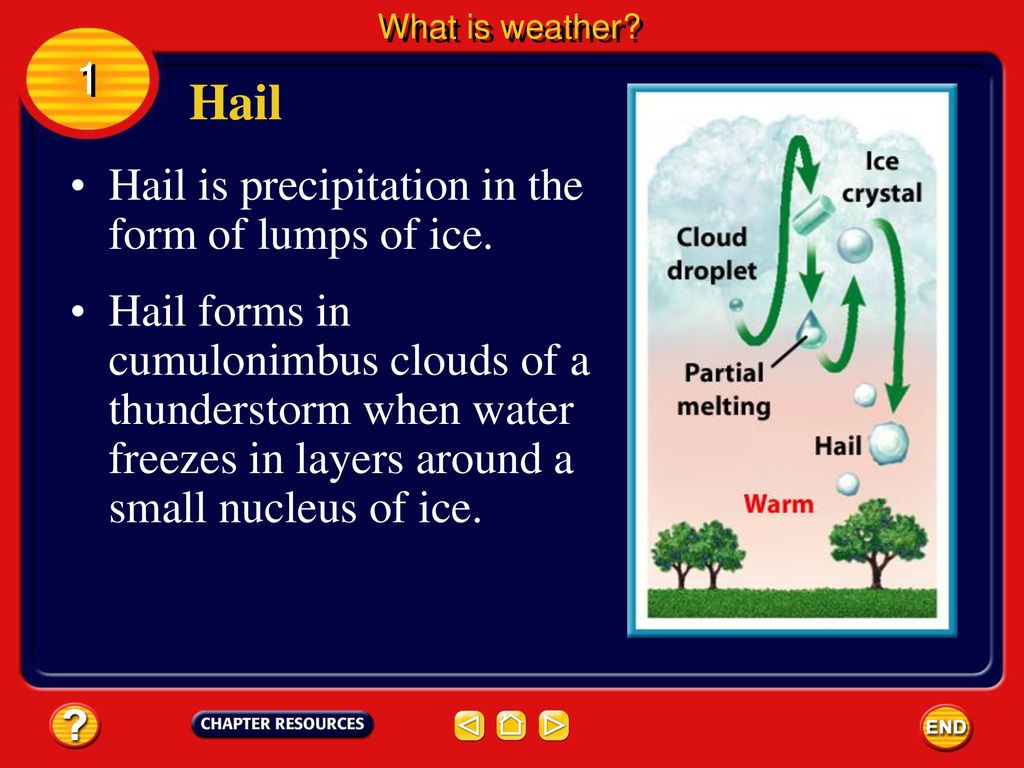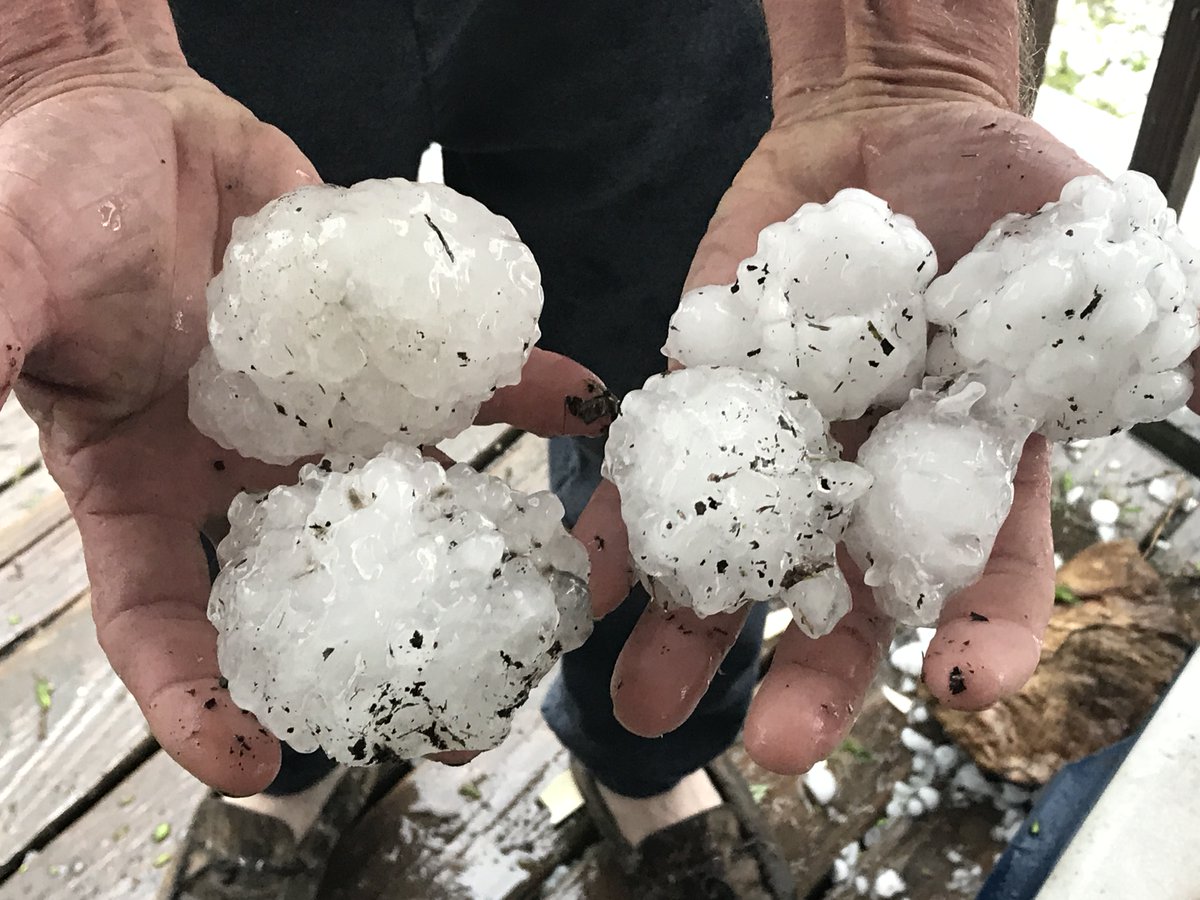Understanding Hail: A Comprehensive Guide to its Definition and Meaning
BlogTable of Contents
- 11 Types Of Precipitation: From Rain To Virga
- Spotting Hail Damage on Your Roof Before Filing a Homeowners Insurance ...
- Pictures of massive hail, funnel clouds flood Twitter following ...
- Chapter: Weather Section 1: What is weather? - ppt download
- Nonlinear response of hail precipitation rate to environmental moisture ...
- What is hail? Why is there hail?
- Hail Damage - Terminus
- Supercell thunderstorms pound Texas with powerful hailstorms in video ...
- Don’t Get Hammered by Hail | DeKalb County Online
- Notable Contributions of Aerosols to the Predictability of Hail ...

When it comes to weather phenomena, few events are as dramatic and awe-inspiring as a hail storm. But what exactly is hail, and how is it defined? In this article, we will delve into the definition and meaning of hail, as per the Merriam-Webster dictionary, and explore its various aspects.


What is Hail?

According to Merriam-Webster, hail is defined as "small balls of ice that fall from the sky during a thunderstorm". This definition captures the essence of hail, which forms when updrafts in thunderstorms carry water droplets up into the freezing level of the atmosphere, where they freeze into small balls of ice. As the hailstones fall, they may pass through additional layers of water and freezing air, causing them to grow in size and become more irregular in shape.


Types of Hail

Merriam-Webster also notes that hail can be classified into different types based on its size and shape. The most common types of hail include:

- Pea-sized hail: small, rounded hailstones that are typically less than 1/4 inch in diameter
- Grape-sized hail: larger hailstones that are typically between 1/4 and 1/2 inch in diameter
- Quarter-sized hail: hailstones that are about 1 inch in diameter
- Golf ball-sized hail: large hailstones that are about 1.5 inches in diameter
- Baseball-sized hail: extremely large hailstones that are about 2.75 inches in diameter


Effects of Hail
Hail can have significant effects on the environment, infrastructure, and human activities. Some of the most notable effects of hail include:
- Crop damage: hail can cause significant damage to crops, particularly those that are sensitive to impact, such as fruit and vegetable crops
- Property damage: hail can damage buildings, vehicles, and other structures, particularly those with exposed surfaces such as roofs and windows
- Disruption of transportation: hail can make roads and highways slippery and hazardous, leading to accidents and disruptions to transportation
In conclusion, hail is a fascinating and complex weather phenomenon that can have significant impacts on our environment and daily lives. By understanding the definition and meaning of hail, as per Merriam-Webster, we can better appreciate the importance of monitoring and predicting hail storms. Whether you are a meteorologist, a farmer, or simply someone who is interested in weather, learning about hail can be a rewarding and enriching experience.
So next time you hear the sound of hail pounding against your roof or see the damage it can cause, remember the definition and meaning of hail, and appreciate the power and beauty of this natural phenomenon.
References:
Merriam-Webster. (n.d.). Hail. Retrieved from https://www.merriam-webster.com/dictionary/hail